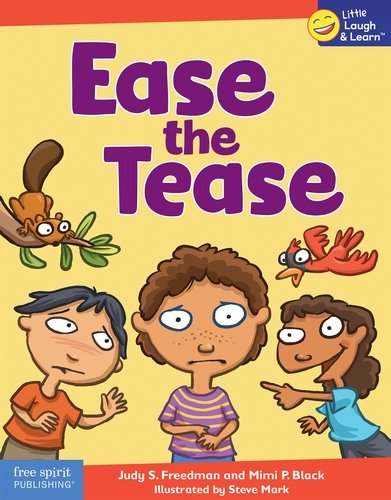Description
Social Language Development Test – Elementary
NOW NEWLY UPDATED NORMS
Students with hearing loss often have social issues, even if they may be performing well academically. These differences may appear in preschool and intensify as the children become older. It is challenging to ‘make the case’ for services for a student without data. Although there are a number of functional measures of pragmatic language and theory of mind conceptualization, in many areas functional data is not seen as a sufficient basis for eligibility determination. After searching extensively, we came across this test and felt it fit the needs of our population well. Ideally, the SLDT-NU will be used to validate and further define social interaction issues that have been raised as issues of concern based on student or teacher checklists. Being able to quantify specific social interaction issues with a percentile rank and age equivalent score adds credence to the true importance of considering social language needs for students with hearing loss. This is a very important aspect of assessment for students who are deaf or hard of hearing.
Social Language Development Test – Elementary: Normative Update
Ages 6-11; Grades 1-6
Many children with language delays, including those with hearing loss, exhibit poor social interaction with others. These differences may appear as early as preschool and continue or intensify as these children mature.
The Social Language Development Test – Elementary is designed to assess language-based skills of social interpretation and interaction with friends, the skills found to be most predictive of social language development. Specifically, it measures the language required to appropriately infer and express what another person is thinking or feeling within a social context, to make multiple interpretations, take mutual perspectives, and negotiate with and support their peers. These tasks reflect the developmental refinement of social language comprehension and expression and differentiate typically developing children from those with social development issues. You will gain insight into your student’s social understanding and social language competency. The SLDT now has updated norms based on the 2015 US Census. All new analyses were conducted on item sensitivity, item bias, reliability and validity. The SLDT-E: NU is very psychometrically solid and representative of today’s students.
Social Language Development Test – Elementary
Test Description
Many children perform well on traditional language tests, yet their social language skills are inadequate. This test will substantiate the influence of your students’ language issues on their social disorders and qualify them for services.
The test assesses students’ language-based responses to portrayed, peer-to-peer situations which is unlike other tests which rely on observation forms.
The test assesses the language required to appropriately infer and express what another person is thinking or feeling within a social context, to make multiple interpretations, take mutual perspectives, and negotiate with and support their peers.
Test tasks reflect the developmental refinement of social language comprehension and expression and differentiate typically-developing children from those with language learning disorders or autism.
Subtests
Subtests consist of question-answering tasks, interpretations of photographed scenes, and verbal explanations.
- Subtest A: Making Inferences
The student infers what someone in a picture is thinking. There are two questions per item. The first question asks the student to pretend he is the person in the photo and to make an inference about what the person would be thinking. This question examines the student’s ability to use the information from facial features, body language, and context to respond. The second question asks the student to say what information from the photo he used to make the inference.
- Subtest B: Interpersonal Negotiations
The student pretends he is in conflict with a peer. There are three tasks. The student must identify the problem, propose an appropriate resolution, and explain why that resolution is mutually satisfactory.
- Subtest C: Multiple Interpretations
The student shows flexible thinking by giving two different, plausible interpretations of the same photo.
- Subtest D: Supporting Peers
The student pretends he is in a situation with a peer. The student tells what to say in reaction to the friend’s situation. The degree of support given to the friend, not the truthfulness of the response is examined in this subtest.
Components
Test Set includes: examiner’s manual, scoring standards and example responses book, photo stimuli book, 25 test forms.
Copyright 2016






